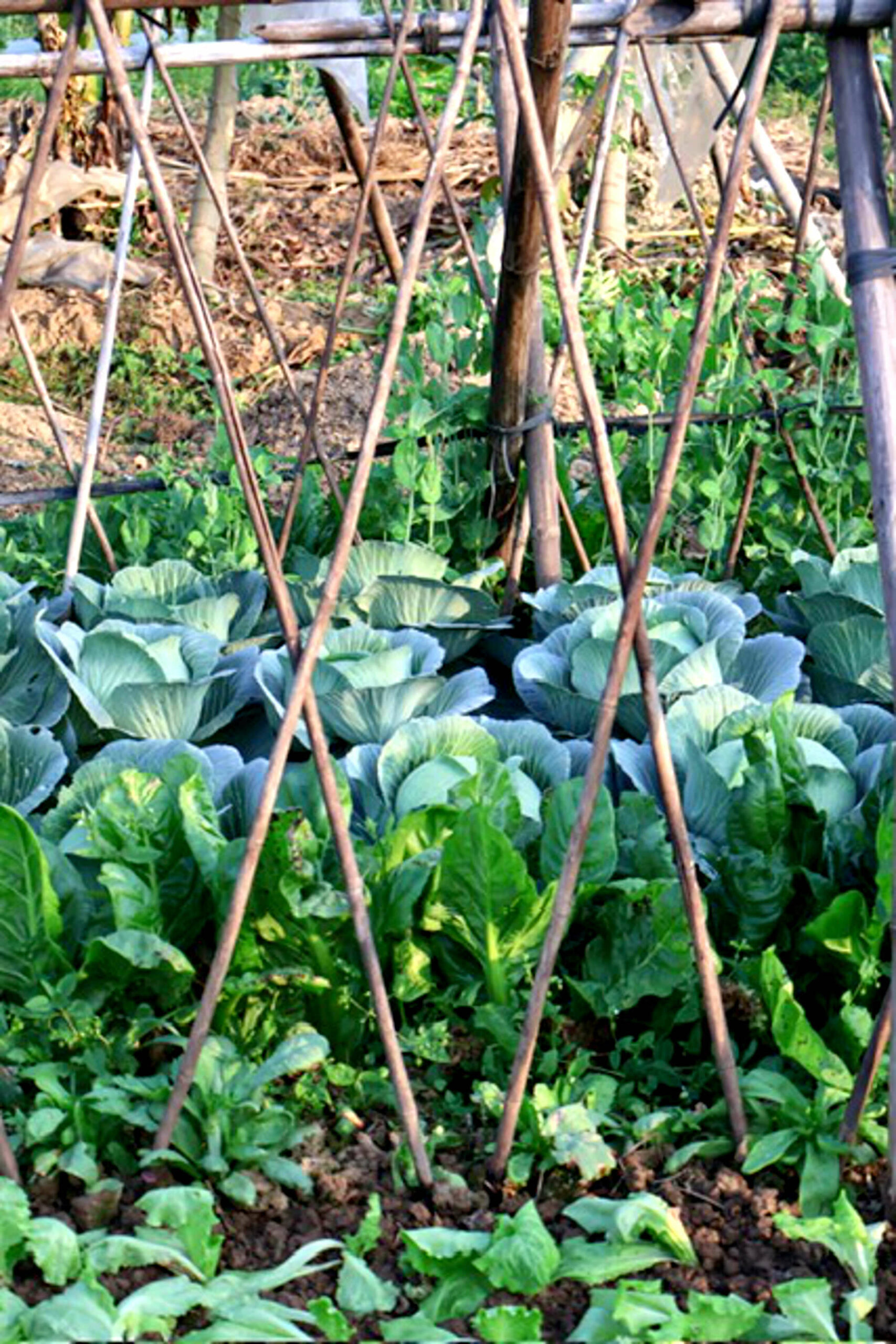For gardeners dreaming of a lush vegetable garden, a shady yard might seem like a deal-breaker. The Olympic Peninsula and similarly forested regions are often lacking abundant sunshine. Tall trees, cloudy skies, and neighboring structures often limit the light available for gardening. But there is good news: a thriving vegetable garden is still possible — with a few adjustments.
Not all shade is created equal. There is light shade (filtered sunlight through trees), partial shade (three to six hours of direct sun), and full shade (less than three hours of sun). Some vegetables need more sun to produce well, especially warm season plants like tomatoes and peppers. But leafy greens, herbs, and root vegetables can be surprisingly shade tolerant.
To plan a shaded vegetable garden, first observe the available space. Track how the light shifts throughout the day and across the seasons. Sometimes a spot considered “shady” gets more morning sun in summer than a gardener may notice. Knowing exactly what kind of light is available helps determine what crops can be planted.
Low light vegetables include:
• Herbs: Parsley, mint, cilantro, and chives are survivors and do quite well with limited light. (Always plant mint in a container or constrained space because it is very aggressive.)
• Kale and Swiss chard: These nutrient-dense greens grow more slowly in shade, but often taste sweeter when not stressed by sun and heat.
• Lettuce and other salad greens: Arugula, spinach, mustard greens, and endive thrive in cooler, low-light spots. The added bonus is they are less likely to bolt quickly in the shade.
• Peas: Legumes like the sun and may not produce as heavily in shade but can still produce a decent harvest. With four to five hours of sun throughout the day, peas can be a treat to grow.
• Root crops: Beets, carrots, radishes, and turnips can tolerate partial shade with at least three hours of sun.
Once the right plants have been selected, maximizing the available light is a good move. If possible, prune any lower tree branches or thin out the canopy of nearby trees. Reflective surfaces like white fencing or a block wall can reflect light and retain warmth.
Growing in pots allows you to move plants to chase the sun or elevate them. Deck planters or patio pots on sturdy caddies can be moved both in and out of available sunlight as needed. The soil in containers also warms up faster, which can help with slow-growing crops.
As in any garden, good soil and water are key to success. Rich, healthy soil amended with compost or fertilizers is necessary for healthy growth and disease resistance. The soil should be well drained, especially in pots or raised containers.
The water needs of a shade garden will be very different than that of sunny gardens — and it will vary throughout the growing season. Plants in more shade usually need less water than those basking in the sun. However, plants grown in containers dry out much faster than those planted in the ground. Best practice is to monitor your shade garden to learn its water needs.
If the only space available is deeply shaded, consider alternative growing strategies. Window boxes, hanging planters, and vertical gardens on sunnier walls can extend your growing area.
There are no perfect gardens, but the act of tending plants, improving soil, and harvesting food you grew yourself connects you to the land and the seasons.
Do you have more gardening questions? Visit the Master Gardener Woodcock Demonstration Garden (2711 Woodcock Road in Sequim). Master Gardeners (MGs) have a regular work day every Thursday from 9 a.m. to 12 p.m. and are available to answer all kinds of questions. This is a great time of year at the garden: plants are waking up and MGs are hard at work preparing for the Spring Plant Sale (save the date: May 3 starting at 9 a.m.). More information is available at clallammgf.org.



